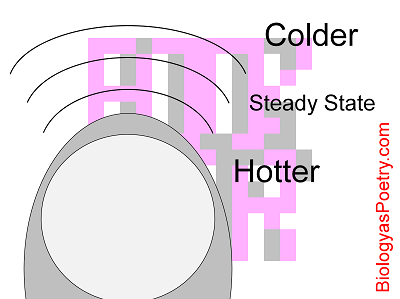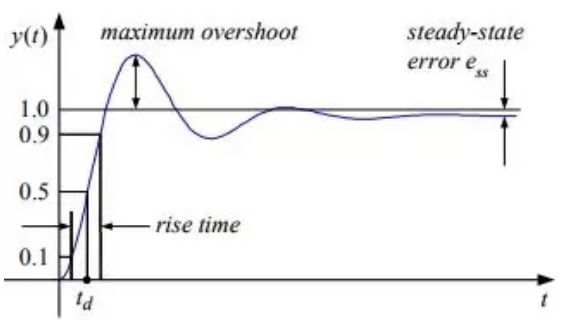

Maintain a consistent speed, level of intensity and work rate during an exercise session.There is a large body of research validating each mode as an effective form of exercise however, it is up to you to determine which one is best suited to help your clients reach their fitness goals in the shortest period of time. The following table lists the features, advantages, and disadvantages of HIIT vs. Which one you choose depends on your personal preference-would you prefer to sit in slow-moving traffic or being in constant motion?

In the car analogy described above, both options can help you get to your destination. So, is one form of training better than the other? Like almost all fitness-related questions, the answer depends on a variety of factors. Like HIIT, SST can be effective for aerobic conditioning and burning calories, but it can require an extensive amount of time to do the volume of work necessary to achieve the desired results. Conversely, steady-state training (SST) focuses on maintaining a consistent, low-to-moderate intensity work-rate for an extended period of time, which is comparable to driving on a highway. High-intensity interval training (HIIT), which, in this scenario, could be considered similar to city driving, can be extremely effective for burning calories and improving aerobic capacity but at the expense of placing high levels of physical stress on the body. This scenario provides a rough analogy of how the human body responds to different types of cardiorespiratory exercise. Which of the following is a more effective strategy for traveling from one place to another in the shortest period of time: (1) adding miles to your trip by driving the back streets of a city to avoid traffic jams or (2) taking the shortest, most direct route even if it means sitting on a freeway so congested that you only move a few miles an hour? And which approach burns more gas and places more wear and tear on your car: the frequent starting and stopping of city driving or highway driving at a constant rate of speed?

Steady State Cardio: Which One is Best for Your Clients?


 0 kommentar(er)
0 kommentar(er)
